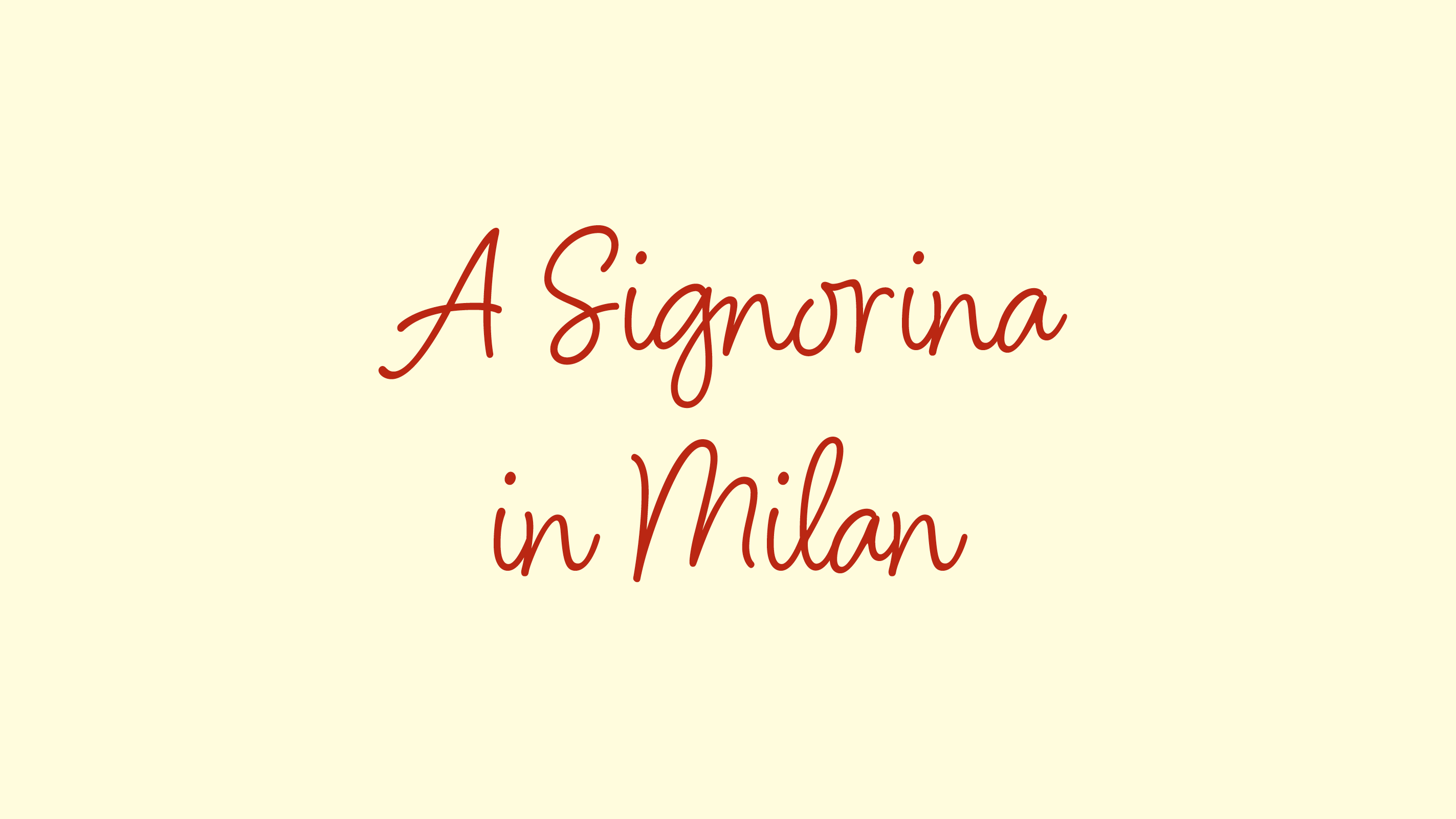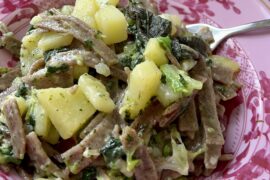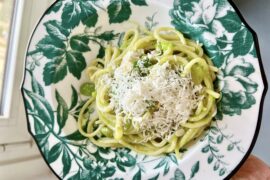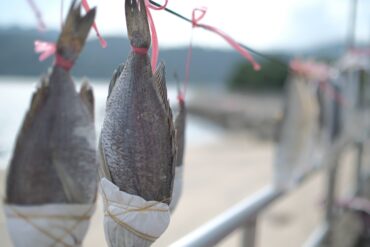So, I’m on my La Cucina Italiana magazine cooking kick. And this month, not only did I replicate the winter minestrone many times over, I tried my hand at a recipe in the February issue: tagliatelle with ragù, a recipe by chef Daniela Antoniotti.
Now, this meat-based sauce is often erroneously referred to as Bolognese. But it’s not really Bolognese…it’s ragù. When you see Bolognese on a menu here, it’s likely to target a clientele who doesn’t know what ragù is (i.e. tourists).
Before I lived in Italy, I had taken a pasta making class at La Vecchia Scuola in Bologna, after which we got to lunch on the fruit of our labor, and I loved the tagliatelle with ragù. So, for nearly six years, I’ve been wanting to make aragù. However, since I don’t love cooking meat, I always put it off. A couple of weeks ago, I was flipping through the February issue of La Cucina Italiana magazine when I noticed a recipe for tagliatelle al ragù aromatico. I told myself it was time.
Have to say, it was MUCH easier than I thought it would be. So easy, in fact, that I can see myself replicating this tagliatelle with ragù time and again just like the minestrone invernale and lemon tagliatelle with parmesan and mint.
The recipe called for:
350 grams egg tagliatelle
350 grams polpa di manzo
1 celery stalk
1 carrot
1/2 onion
Red wine
Juniper seeds
Tomato paste
Rosemary
Salt
Extra virgin olive oil
So, I had to modify it just a tad for a couple of reasons beyond my control.
Anyway, I got started, cooking the soffrito (diced celery, carrot and onion) in olive oil. Next step was to add the finely cut beef. You can cut the beef yourself or buy it as such at the supermarket as. Or even ask the butcher to do so. (I opted for the latter…honestly, the less work the better for me!). Now, the beef should have been accompanied by 1-2 rosemary stalks (easy peasy) and 4 juniper seeds in a gauze casing. While I did find the juniper seeds, I didn’t have any gauze in, so I skipped this step. I let it cook for 5 – 8 minutes, then instead of 200 grams of red wine (I really didn’t want to use my wine for cooking!), I added 200 grams of water, a spoonful of tomato paste, and some salt. Then I covered my Dutch Oven to let cook for an hour-and-a-half.
I checked in on the ragù every now and again just to make sure nothing was sticking to the pot, and occasionally added a bit more water. Also, I of course tasted it and occasionally added a bit more salt when needed, but that was more or less it! Basta!
Once the end of the 90 minutes was approaching, I boiled some water, added salt and cooked the tagliatelle. When cooked, I mixed it with the ragù, and voila: the tagliatelle with ragù dinner was served.




